In the realm of high-performance applications, material selection is paramount to ensuring durability, strength, and resistance to wear. Among the myriad of options available, 440C stainless steel emerges as a leading choice due to its exceptional hardness and corrosion resistance properties. According to a report by the International Stainless Steel Forum, stainless steel grades account for approximately 60% of the global steel market, with 440C specifically noted for its ability to retain a sharp edge, making it ideal for cutting tools and surgical instruments.
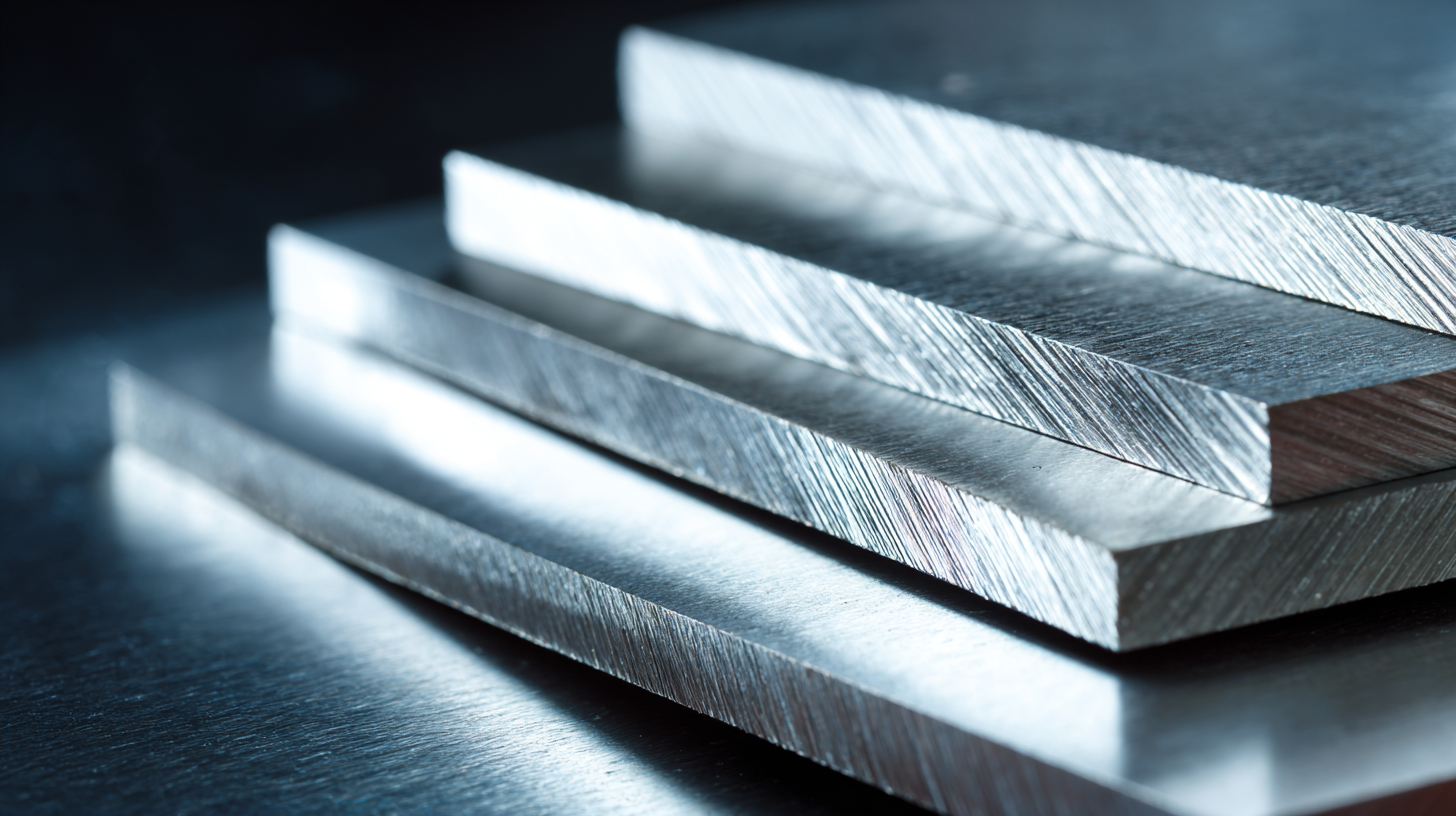
Its high carbon content provides enhanced hardness, achieving a Rockwell hardness rating of up to 58 HRC, which is significantly higher than that of many other stainless steel grades. Furthermore, its excellent resistance to oxidation and rust, as noted in materials performance studies, underscores the suitability of 440C stainless steel for demanding environments, solidifying its reputation as the superior choice in the high-performance sector.
440C stainless steel is widely recognized for its exceptional properties that make it ideal for high-performance applications. This martensitic steel is characterized by its high carbon content, typically around 0.95-1.20%, which contributes to its excellent hardness and wear resistance. According to the ASM International Handbook, 440C can achieve a Rockwell hardness of up to 58-60 HRC after heat treatment, making it one of the hardest stainless steels available. This makes it particularly suitable for applications in the aerospace, automotive, and medical industries, where durability and reliability are paramount.
In addition to its hardness, 440C stainless steel also offers good corrosion resistance, attributed to its chromium content of approximately 16-18%. A study published by the Corrosion Engineering Journal highlights that 440C performs well in a variety of environments, resisting oxidation and maintaining structural integrity even under harsh conditions. Furthermore, its ability to undergo heat treatment allows it to maintain a fine balance between toughness and strength, making it a versatile choice for cutting tools, bearings, and valve components. The unique combination of these properties positions 440C as a superior material for demanding applications where performance cannot be compromised.
 440C stainless steel has emerged as a superior choice for high-performance applications due to its unique properties. With a high carbon content, it offers exceptional hardness and wear resistance, making it ideal for environments that demand durability and precision. This alloy's ability to be heat-treated enhances its toughness, ensuring products withstand rigorous operational demands.
440C stainless steel has emerged as a superior choice for high-performance applications due to its unique properties. With a high carbon content, it offers exceptional hardness and wear resistance, making it ideal for environments that demand durability and precision. This alloy's ability to be heat-treated enhances its toughness, ensuring products withstand rigorous operational demands.
Tips: For those exploring 440C stainless steel for their projects, consider its compatibility with various manufacturing processes. The ease of machining can save time and costs during production, while its corrosion resistance makes it suitable for hostile environments.
In high-performance scenarios, such as automotive and aerospace sectors, the strength-to-weight ratio and performance consistency of 440C steel stand out. Its applications span from cutting tools to surgical instruments, highlighting its versatility. As industries increasingly prioritize efficiency and reliability, selecting materials like 440C not only enhances product performance but also contributes to innovation within high-tech fields.
Tips: When integrating 440C stainless steel into your designs, always account for the specific requirements of your application, such as temperature extremes and exposure to chemicals, to optimize its benefits.
When comparing 440C stainless steel to other types such as 304 or 316, its unique properties make it particularly suitable for high-performance applications.
440C stands out due to its high carbon content, which allows it to attain superior hardness and wear resistance after heat treatment. This is crucial in environments where cutting tools, bearings, and other components are subjected to significant stress.
In contrast, 304 and 316 stainless steels offer excellent corrosion resistance but lack the hardness necessary for applications requiring durability under heavy loads.
Moreover, the toughness and edge retention of 440C stainless steel outperform many other stainless options. While steels like 304 are more malleable and easier to work with during fabrication, they sacrifice some strength and edge stability.
In sectors such as aerospace and automotive, where safety and performance are paramount, the enhanced mechanical properties of 440C make it the preferred choice.
This comparative analysis highlights that while 440C may not always be as easy to manufacture, its benefits in high-performance contexts far outweigh these challenges.
To ensure the longevity and peak performance of 440C stainless steel components, implementing best practices for maintenance is crucial. Regular cleaning and lubrication are essential, as contaminants can lead to pitting and corrosion. According to a report by the International Stainless Steel Forum (ISSF), stainless steel's resistance to rust can be significantly compromised if not properly maintained. A routine cleaning with mild detergents followed by thorough rinsing can prevent the buildup of residues that could accelerate degradation.
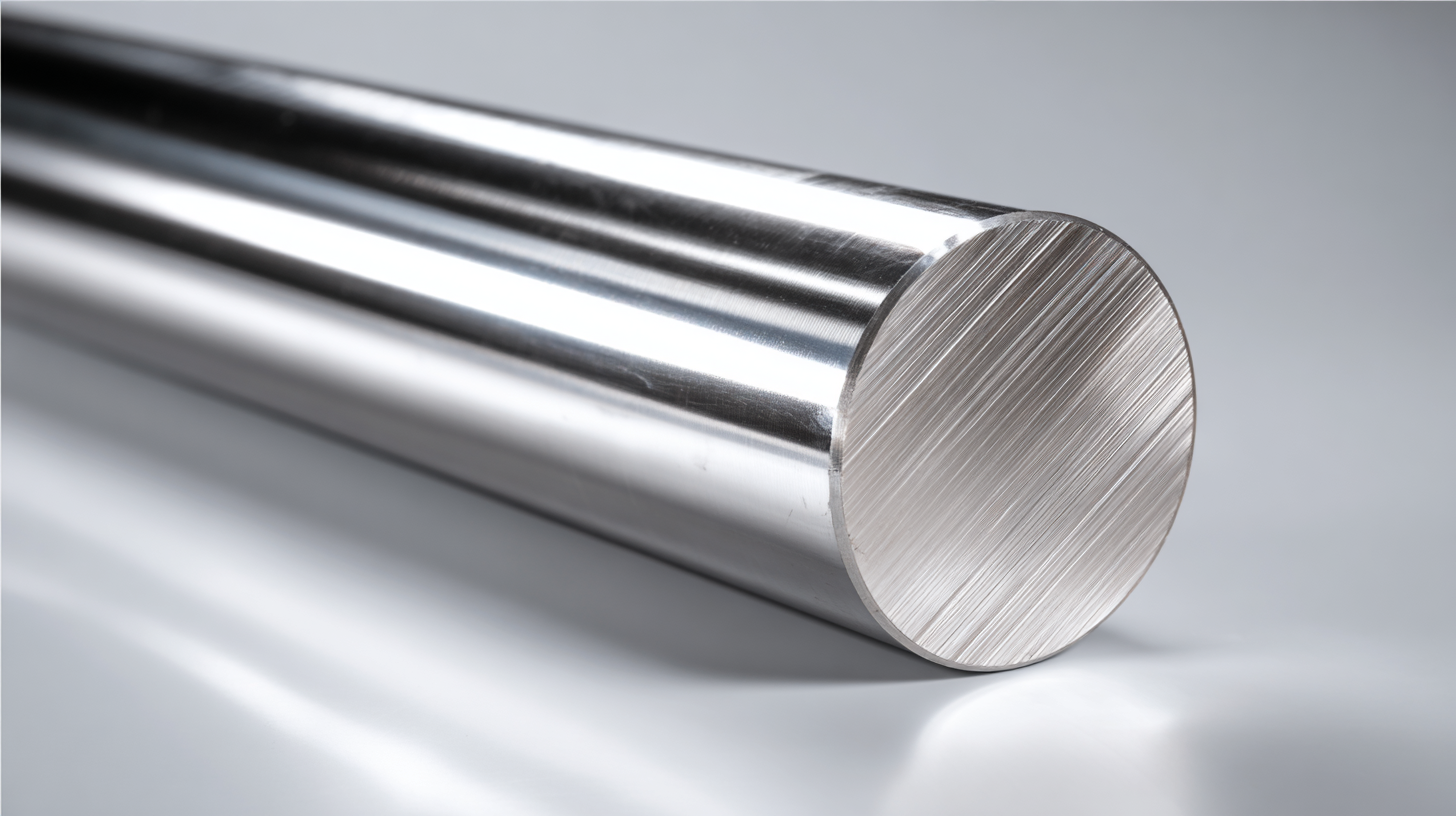
Another critical aspect of maintaining 440C stainless steel is to monitor and control environmental conditions. The Metal Bulletin states that exposure to chlorine and other harsh chemicals can lead to localized corrosion. Keeping components in a dry, controlled environment not only mitigates these risks but also ensures that the hardness and toughness of 440C, which boasts a Rockwell hardness of up to 60 HRC, are preserved. Implementing periodic inspections to identify surface wear or changes in performance can help address issues before they escalate, ensuring that these components remain reliable in high-performance applications.
440C stainless steel has established itself as a leading material in high-performance applications due to its superior hardness, wear resistance, and ability to maintain mechanical properties at elevated temperatures. This makes it an ideal choice for industries that require durability and precision, such as aerospace, automotive, and medical device manufacturing. According to a recent industry report, the global demand for high-performance stainless steel products is projected to reach USD 3.2 billion by 2025, with a significant portion attributed to the use of 440C in manufacturing cutting tools, bearings, and valves.
In addition to its industrial applications, 440C stainless steel can also play a role in advancing new technologies such as radiative cooling. By leveraging its thermal properties, engineers are exploring ways to integrate 440C components in systems designed to enhance energy efficiency and mitigate global warming effects. Recent advancements in radiative cooling technology highlight the material's ability to effectively control surface optical properties, offering innovative solutions for managing solar and thermal radiation. As industries continue to innovate, the applications of 440C stainless steel are expected to expand further, cementing its status as a vital contributor to both industry and technology.
| Application | Industry | Key Benefits | Performance Characteristics |
|---|---|---|---|
| Knife Blades | Manufacturing | Excellent edge retention, corrosion resistance | Hardness of up to HRC 58-60 |
| Ball Bearings | Automotive | High wear resistance, durability | Tensile strength of up to 550 MPa |
| Cutting Tools | Aerospace | High hardenability, corrosion resistance | Resilience up to high temperatures |
| Surgical Instruments | Medical | Highly hygienic, sterilizable | Corrosion resistant in saline environments |
| Cutlery | Food Industry | Sharpness, ease of maintenance | Long-lasting aesthetics |
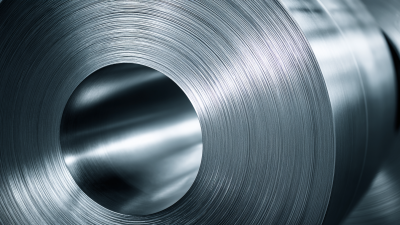
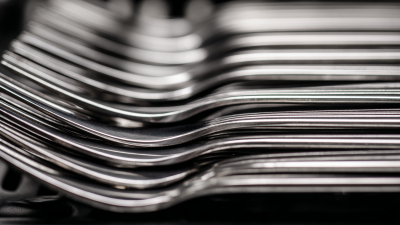
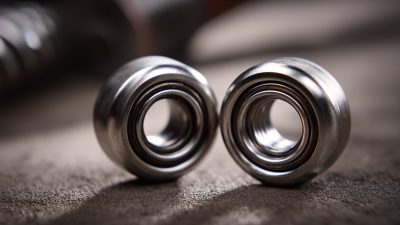
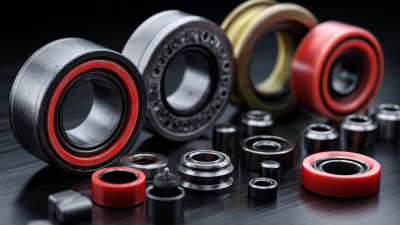
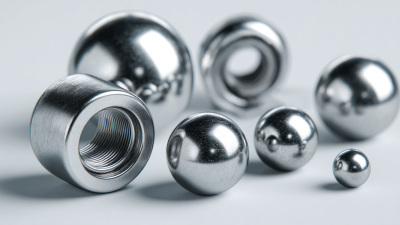
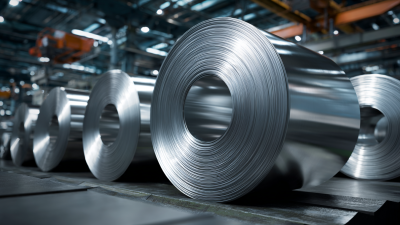
To learn more about any of the products and services provided by Abbott Ball Company, Inc., simply complete the form below.